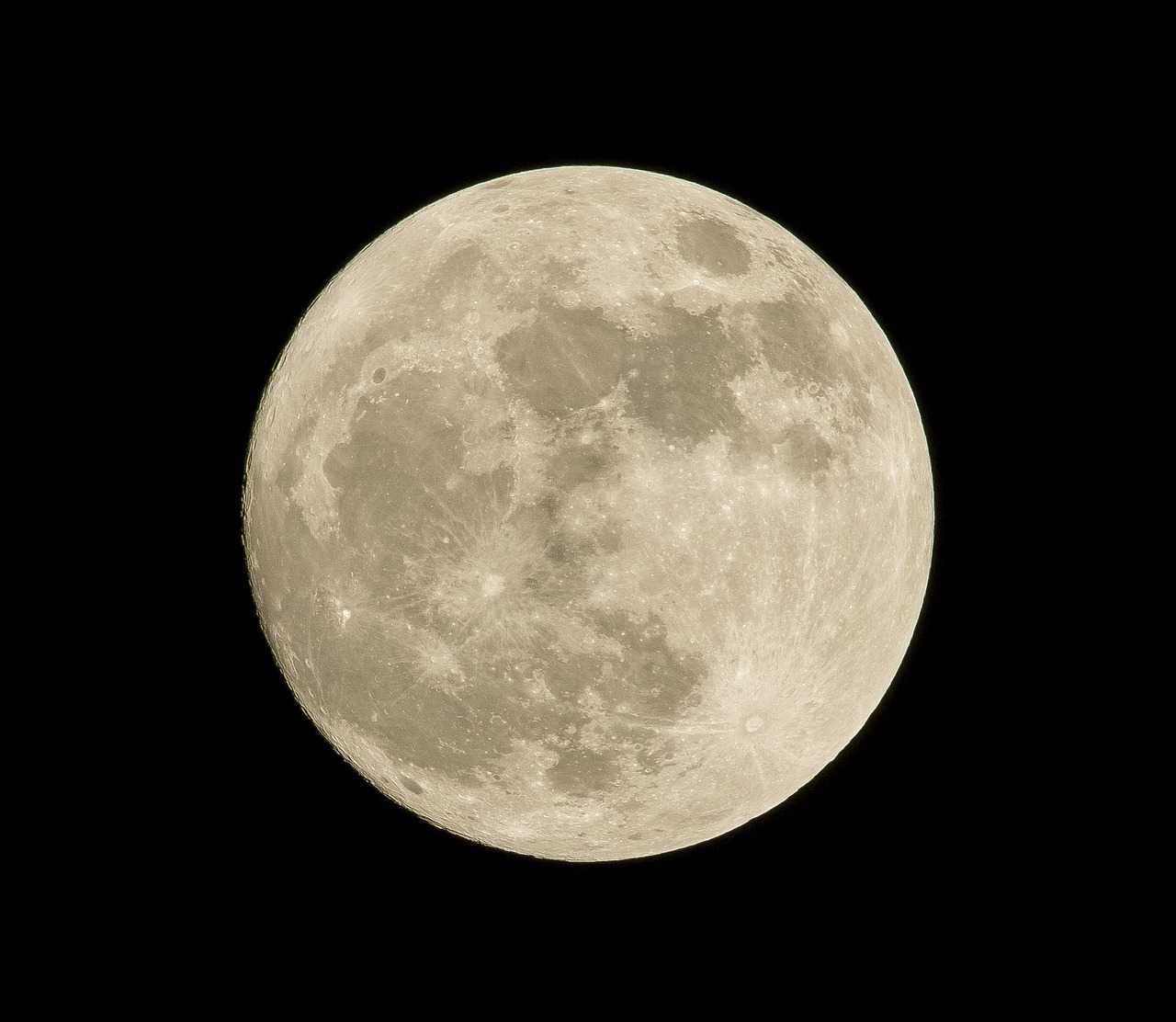
According to new research, the Moon formed shortly after the appearance of the solar system.
This information was reported by ScienceAlert , reports URA-Inform.
Scientists agree that more than four billion years ago, a Mars-sized object slammed into Earth, and the debris left behind coalesced to form the Moon.
It began with a massive collision between our planet and a Mars-sized protoplanet called Theia, scientists say.
The massive impact sent debris flying into orbit around Earth. Much of the debris cloud settled back on Earth, much of it forming the Moon, but some was ejected from the Earth-Moon system, scientists say.
In particular, there is a lot of evidence for this version. The main one is the similar composition of the Earth's mantle and lunar rocks. Scientists from the University of Nevada note that after its formation, the Moon revolved around the Earth at a distance of about 5% of its current value, but slowly, due to tidal effects between the Earth and the Moon.
Currently, the satellite is located at an average distance of 384,400 kilometers from our planet. However, it can sometimes approach, sometimes move away. Currently, this distance fluctuates between 364,397 kilometers to 406,731 kilometers from the Earth.
At the same time, at the beginning of the existence of the Earth's satellite, its surface was mainly molten magma, which gradually cooled and hardened, forming the familiar crust, mantle and core. Heavy bombardments have covered the surface of the Moon with impact basins and craters, and volcanic activity has led to the slow formation of a lunar sea.
Recall that earlier it was reported that scientists have figured out how to start a conversation with aliens: a new idea from specialists.

